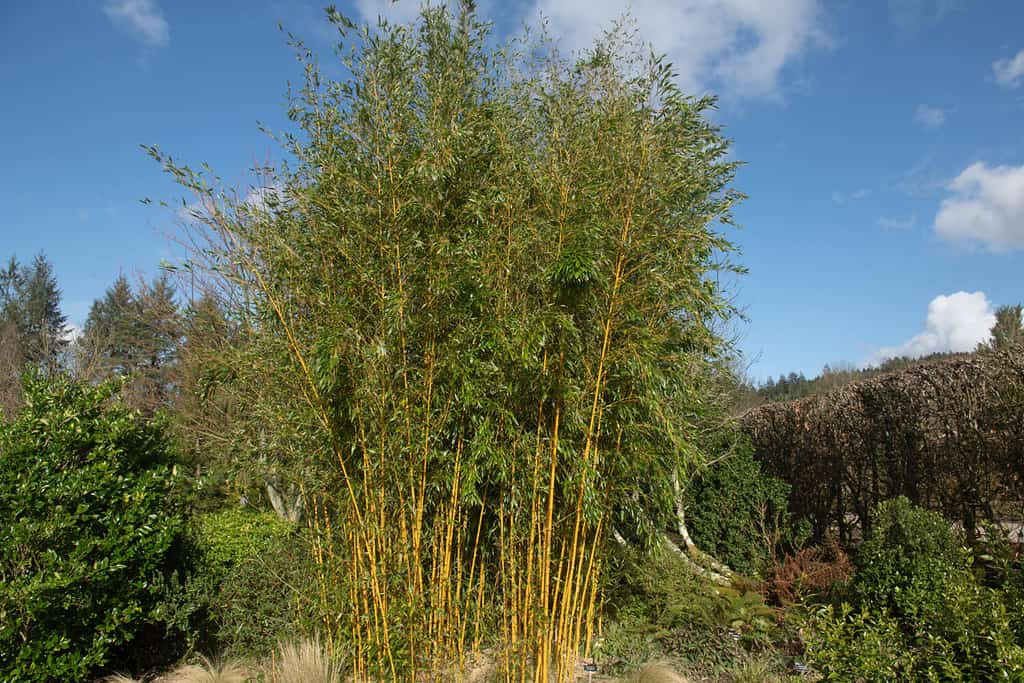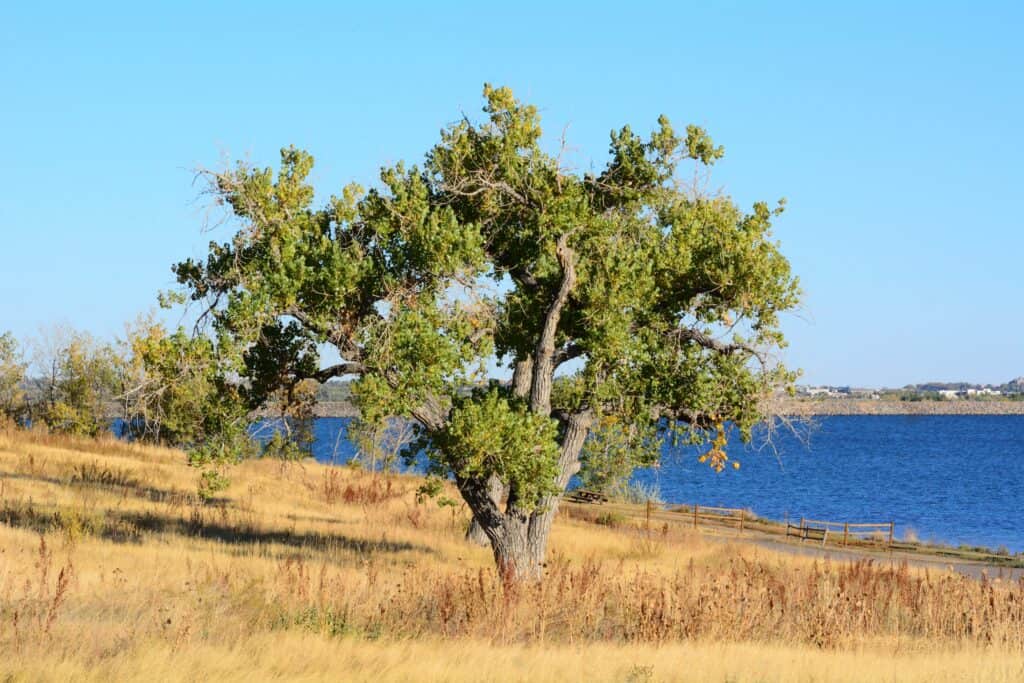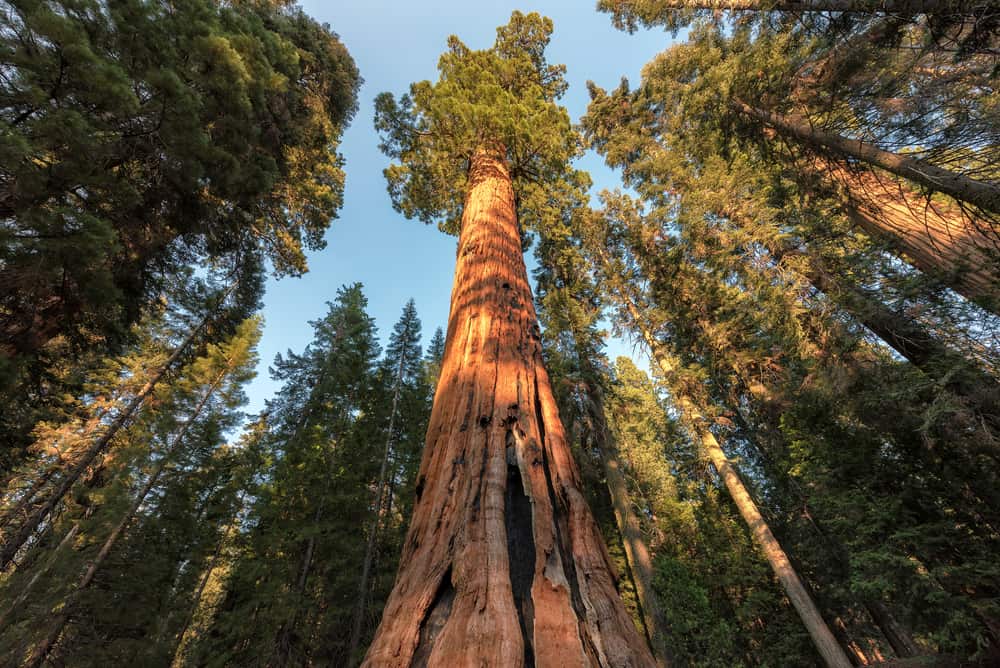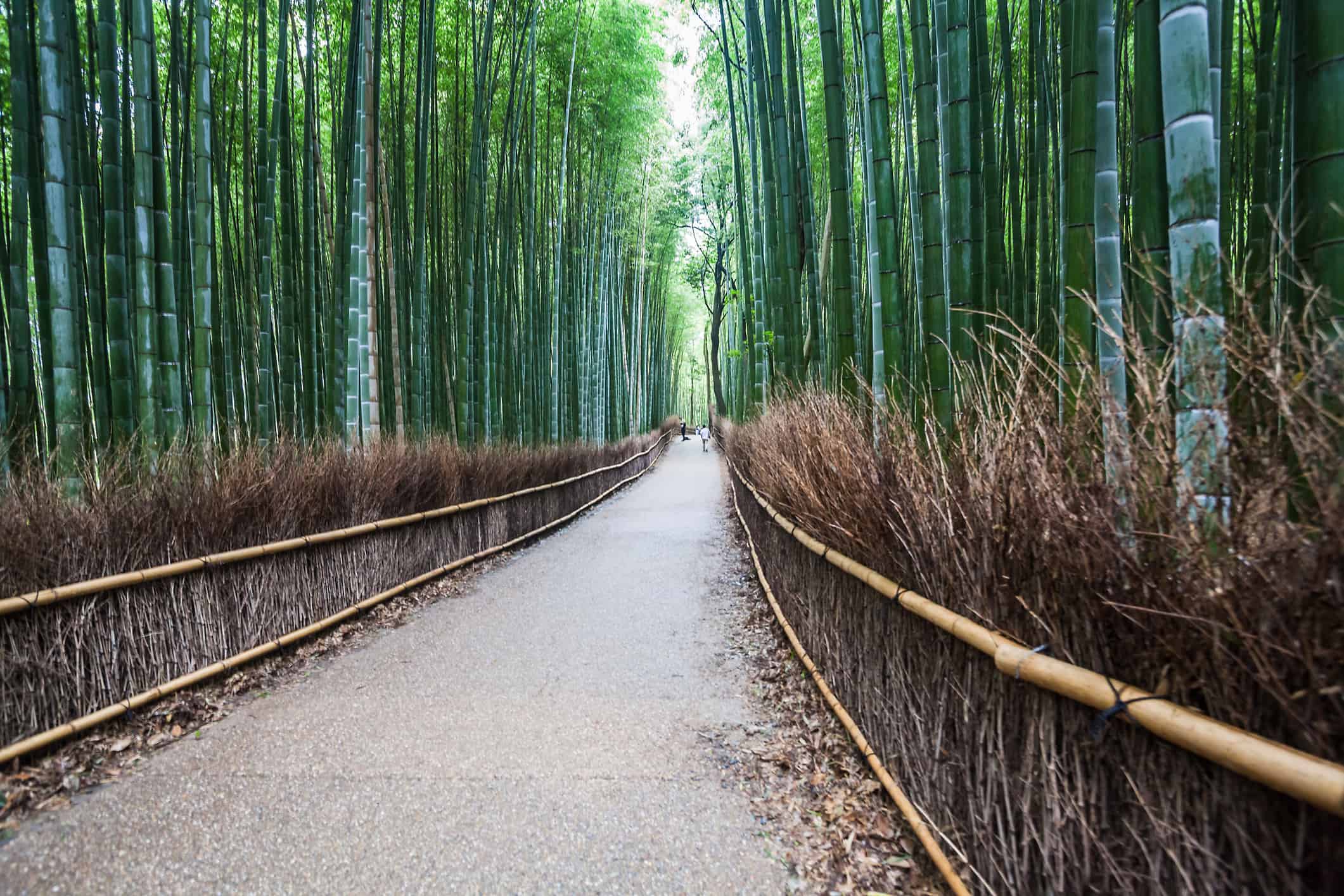Nature is a wondrous thing. There are mountains, rivers, canyons, lakes, and all the plants you can imagine. Scientists have discovered plants that act as medicine. They have discovered flowers that can enrich the stomach. Some plants serve so many purposes in life. Trees and plants provide oxygen for people and animals to live in this world. Without them, we would cease to exist. When it comes to plants, some grow ever so slowly. But then, some grow rapidly. Let’s take a look at the world’s seven fastest-growing plants. We’ll go through them one by one and also provide some fun facts.
Duckweed

In countries like Myanmar, Laos, and Thailand, duckweed can be eaten as an important source of protein.
©iStock.com/Piyavachara Arunotai
Duckweed (Lemnoideae) is an aquatic plant that can float on the surface of the water. The genus Wolffia includes some of the smallest flowering plants in the world, only 0.03 centimeters long. The perennial plant is one of the fastest-growing plants because when they are bunched together they can grow rapidly. In 12 hours, they can double in size. It can grow 500 times more in four months if not trimmed. Duckweed grows perfectly in tropical climates and is very common in the Southeast Asian countries of Vietnam and Thailand.
Bamboo

Bamboo is not only an environmentally important plant in Asia but also economically important.
©Peter Turner Photography/Shutterstock.com
An evergreen perennial flowering plant, bamboo (Bambusa vulgaris) is a type of grass. These plants are native to mostly tropical climates like Asia, northern Australia, and India, as well as sub-Saharan Africa and even the Andes. There are endemic bamboos located in Australia, China, India, Japan, and Korea. The giant bamboo can grow up to 150 feet tall and 1 foot thick. The bamboo grows extremely fast, about 10 inches every day, although the fastest kinds of bamboo can grow up to 35 inches in one day. The plant is now found throughout the world, and most recently in the Guadalquivir Valley in Spain.
Algae

Algae can grow up to 200 feet long.
©iStock.com/Alexlky
Like duckweed, algae is common in standing water. Algae (Phycophyta) grow in aquatic environments and they are technically considered photosynthetic and eukaryotic organisms. Algae can grow very fast and when it does, it converts into a bloom. These algae blooms are incredibly harmful to aquatic life, as they produce harmful toxins that can kill the wildlife in the surrounding area. In terms of growing, they can double their mass in a relatively short time, usually a few hours.
Eastern Cottonwood

Butterflies and moths love the eastern cottonwood leaves.
©Merrimon Crawford/Shutterstock.com
The eastern cottonwood (Populus deltoides) is a tree that is native to the North American continent. It grows throughout the United States, southern Canada, and northeastern Mexico. It can grow up to 100 feet tall, and its trunk can grow a whopping 9 feet in diameter. The tree can grow about 10 to 15 feet every year in some areas but usually grows about five feet every year. The tree’s bark is usually a white-silver color when first growing, but as it grows old, the bark darkens.
Acacia

Several species of acacias can be used to create gum.
The Acacia (Acacia) is a plant or tree that is native to various regions around the world including Africa, Australia, and New Zealand, as well as South America. Acacias can grow incredibly fast. Some species of acacias can even grow 35 feet in a little over a year. These trees are usually located in tropical climates, which is why they can grow rapidly as they get the rain and nutrients necessary. Lastly, there are around 1,300 species of Acacia, most of which are found in Australia.
Giant Sequoia

The giant sequoia is named after the Cherokee Chief Sequoyah.
©Lucky-photographer/Shutterstock.com
The largest tree on Earth, the giant sequoia (Sequoiadendron giganteum) is native to the Sierra Nevadas in California. Of course, now they grow in other places on Earth. The sequoia can grow to a whopping 279 feet tall and its trunk can be a massive 26 feet in diameter. These huge trees are on the endangered species list, unfortunately. They can grow an average of 4-6 feet per year for the first 10 years of their life and subsequently two feet for around 30 years.
Kudzu

The vine grows more rapidly during summer and mild winters.
Kudzu (Pueraria montana var. lobata) is a vine that is native to Asia, specifically eastern and southeast Asia. It is an invasive plant in other regions, especially in North America. They are so quick in growing, that they can climb over trees and other plants, killing them because they block sunlight. Kudzu can grow about a foot per day and in total, they can grow up to a whopping 100 feet. In North America, they are considered weeds.
Conclusion
And there you have it, these are the world’s fastest-growing plants. Scientists have discovered that duckweed is the fastest-growing plant on this planet. Bamboo, on the other hand, is the fastest-growing grass on the planet. Both of these are on this list, but both of these plants are unique and provide so many services to people, animals, and this Earth. If you can buy one of these plants, just know that by watering them ever so slightly, they can grow extremely rapidly.
Thank you for reading! Have some feedback for us? Contact the AZ Animals editorial team.








